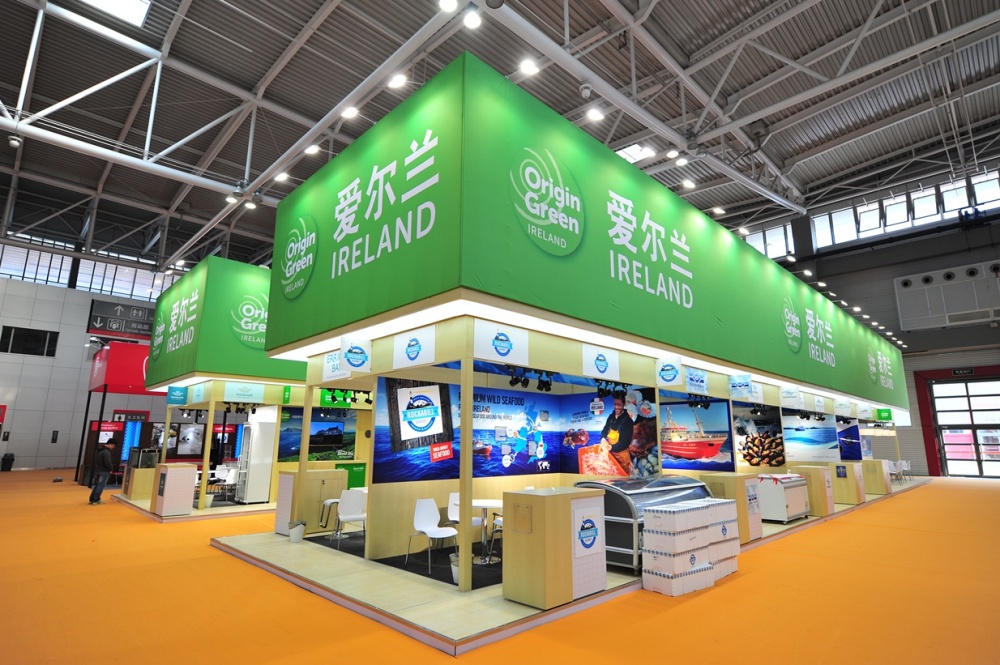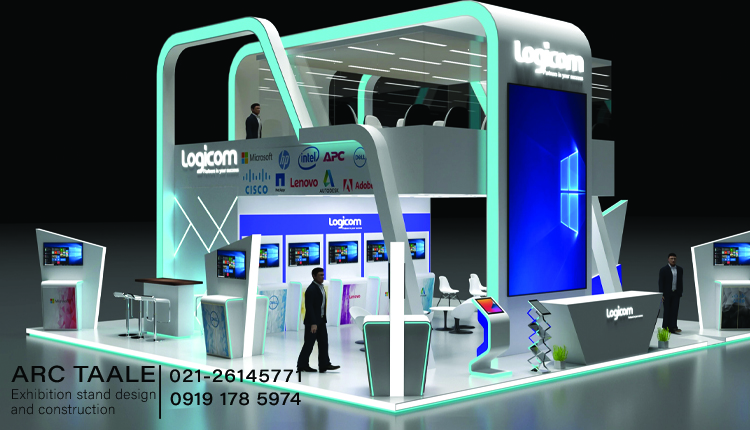The China Seafood Exhibition plays a pivotal role in shaping the dynamics of the global seafood industry. From showcasing diverse products to fostering international collaborations and emphasizing sustainability, the exhibition stands as a beacon for innovation and connectivity in the ever-evolving world of seafood trade.
Introduction to the China Seafood Exhibition
The China Seafood Exhibition stands as a significant event in the global seafood industry, offering a comprehensive platform for businesses, professionals, and enthusiasts. Let’s delve into the key aspects of this exhibition under relevant headings:
Overview of the China Seafood Exhibition
The China Seafood Exhibition is a premier event that positions China as a central hub in the global seafood trade. It brings together a diverse range of stakeholders, including seafood producers, exporters, importers, retailers, and industry experts.
Objectives and Mission
A key objective is to foster connectivity within the global seafood market. The exhibition serves as a bridge, connecting Chinese seafood suppliers with international buyers and vice versa. The mission includes advancing the seafood industry by showcasing cutting-edge technologies, sustainable practices, and emerging trends. This emphasis contributes to the growth and evolution of the industry on a global scale.
Organizers and Collaborators
The exhibition is often organized in collaboration with seafood industry associations, both domestic and international. These partnerships ensure the event’s alignment with industry standards and its ability to address current challenges and opportunities. Government agencies related to fisheries and trade may also play a role in organizing or endorsing the exhibition. Their involvement adds a regulatory perspective and supports the exhibition’s credibility.
Participant Profile
Producers from various regions participate, showcasing a diverse array of seafood products. This includes fresh and frozen seafood, processed products, and value-added offerings. The exhibition attracts exporters looking to tap into the Chinese market and importers seeking new suppliers globally. This dynamic participation fosters international trade relationships.
Product Showcase and Categories
From fish and shellfish to seaweed and processed seafood products, the exhibition covers a vast array of offerings. Each category is carefully curated to represent the diversity of the seafood industry. Innovations in seafood processing, packaging, and sustainability practices are often highlighted. This focus on innovation reflects the industry’s commitment to adapting to evolving consumer preferences and environmental considerations.
Market Trends and Insights
The exhibition may include conferences, seminars, and panel discussions that delve into market trends, consumer preferences, and industry challenges. These sessions provide valuable insights for participants to stay informed and make strategic decisions.
Sustainability and Responsible Practices
Given the global emphasis on sustainable practices, the exhibition often features exhibitors committed to responsible sourcing, eco-friendly packaging, and environmentally conscious seafood production. The event may showcase seafood products that adhere to various sustainability certifications. This emphasizes the industry’s dedication to balancing economic interests with ecological responsibility.
Booths design at the China Seafood Exhibition
The exhibition stand designs at the China Seafood Exhibition are carefully curated to create an immersive and informative environment that reflects the dynamic and diverse nature of the global seafood industry. Let’s navigate through the key aspects of booth design under relevant headings:
Theme and Conceptualization
Many booths at the China Seafood Exhibition incorporate nautical themes, drawing inspiration from the maritime world. The use of colors, imagery, and decor reminiscent of the sea creates a cohesive and engaging visual identity. Booth designs often align with the branding of the participating companies. The theme and conceptualization aim to convey the brand’s values, highlighting elements such as freshness, sustainability, and quality.
Layout and Spatial Planning
Booth layouts are meticulously planned to optimize space utilization. This is crucial for accommodating product displays, interactive elements, and designated areas for business discussions or demonstrations. Spatial planning considers the flow of visitors, ensuring a seamless and intuitive journey through the booth. Clear pathways and strategically placed exhibits enhance the overall visitor experience.
Branding and Visual Elements
Each booth prominently features branded signage, incorporating logos, taglines, and visual elements that reinforce brand recognition. Consistent branding across the booth creates a cohesive and professional appearance. Visual elements showcase the variety of seafood products, emphasizing freshness and quality. High-resolution images or displays of the showcased products provide a preview of what the company has to offer.
Interactive Displays and Demonstrations
Interactive displays and demonstrations are strategically integrated into booth designs. These zones allow visitors to engage with products, learn about seafood processing techniques, and experience the quality firsthand. Some booths may feature live cooking demonstrations, offering a sensory experience for attendees. This not only highlights the versatility of seafood products but also creates an interactive and memorable exhibit.
Technology Integration
Technology plays a role in booth design through digital presentations. Touchscreen displays or multimedia presentations provide in-depth information about the company, its products, and sustainability practices. Innovative booths may incorporate virtual reality experiences, allowing visitors to virtually explore fishing grounds, processing facilities, or trace the journey of seafood from source to table.
Sustainable Practices Showcase
Booth designs often reflect the industry’s commitment to sustainability. The use of eco-friendly materials, recyclable signage, and messaging about sustainable practices communicate the industry’s dedication to responsible sourcing. Booths may feature displays showcasing sustainability certifications, reinforcing the commitment to environmentally responsible practices. This aligns with the growing consumer demand for ethically sourced seafood.
Networking and Business Areas
Dedicated areas for business discussions and networking are incorporated into booth designs. These spaces provide a comfortable environment for exhibitors to engage with potential buyers, distributors, and industry peers. Some larger booths may include private meeting rooms for confidential discussions or negotiations. These spaces offer a level of privacy for more in-depth conversations.
Cultural Elements
Depending on the origin of the exhibitor, booths may integrate cultural elements that add a personal touch. This can include traditional artwork, cultural artifacts, or displays that showcase the unique characteristics of the region. The overall booth designs contribute to a global representation of the seafood industry. By incorporating diverse cultural elements, the exhibition becomes a melting pot that celebrates the richness of global seafood traditions.
details of organizing the China Seafood Exhibition
Organizing the China Seafood Exhibition involves a meticulous orchestration of various details to ensure the event’s success. Let’s delve into the key aspects of organizing this exhibition under relevant headings:
Strategic Planning and Conceptualization
The planning phase begins with defining the objectives of the China Seafood Exhibition. Whether it’s fostering international trade, promoting sustainability, or showcasing technological advancements, clear objectives guide subsequent decisions.
Venue Selection and Logistics
Choosing an accessible and strategically located venue is critical. The selected venue should accommodate the expected number of exhibitors and attendees, with ample space for booth setups, networking areas, and seminar rooms.
Collaboration with Industry Stakeholders
Building collaborations with industry associations, government bodies, and sponsors is integral. These partnerships contribute to the credibility of the exhibition, provide support in terms of resources, and enhance the overall industry representation.
Exhibitor Recruitment and Registration
Extensive efforts are made to recruit exhibitors on a global scale. Outreach programs, marketing campaigns, and direct invitations are employed to attract seafood producers, exporters, processors, and related businesses.
Marketing and Promotion
Robust marketing strategies encompass digital, print, and social media channels. Engaging content, announcements, and teasers generate anticipation and attract a diverse audience, including industry professionals, buyers, and seafood enthusiasts.
Educational Programs and Seminars
Organizing educational programs, seminars, and panel discussions enhances the exhibition’s value. Thought leaders and industry experts are invited to share insights on market trends, sustainability practices, and technological advancements.
In conclusion, the successful organization of the China Seafood Exhibition requires a holistic approach that encompasses strategic planning, collaboration with stakeholders, meticulous execution, and continuous improvement through feedback and evaluation. This comprehensive effort ensures that the exhibition remains a vital platform for the global seafood industry.


